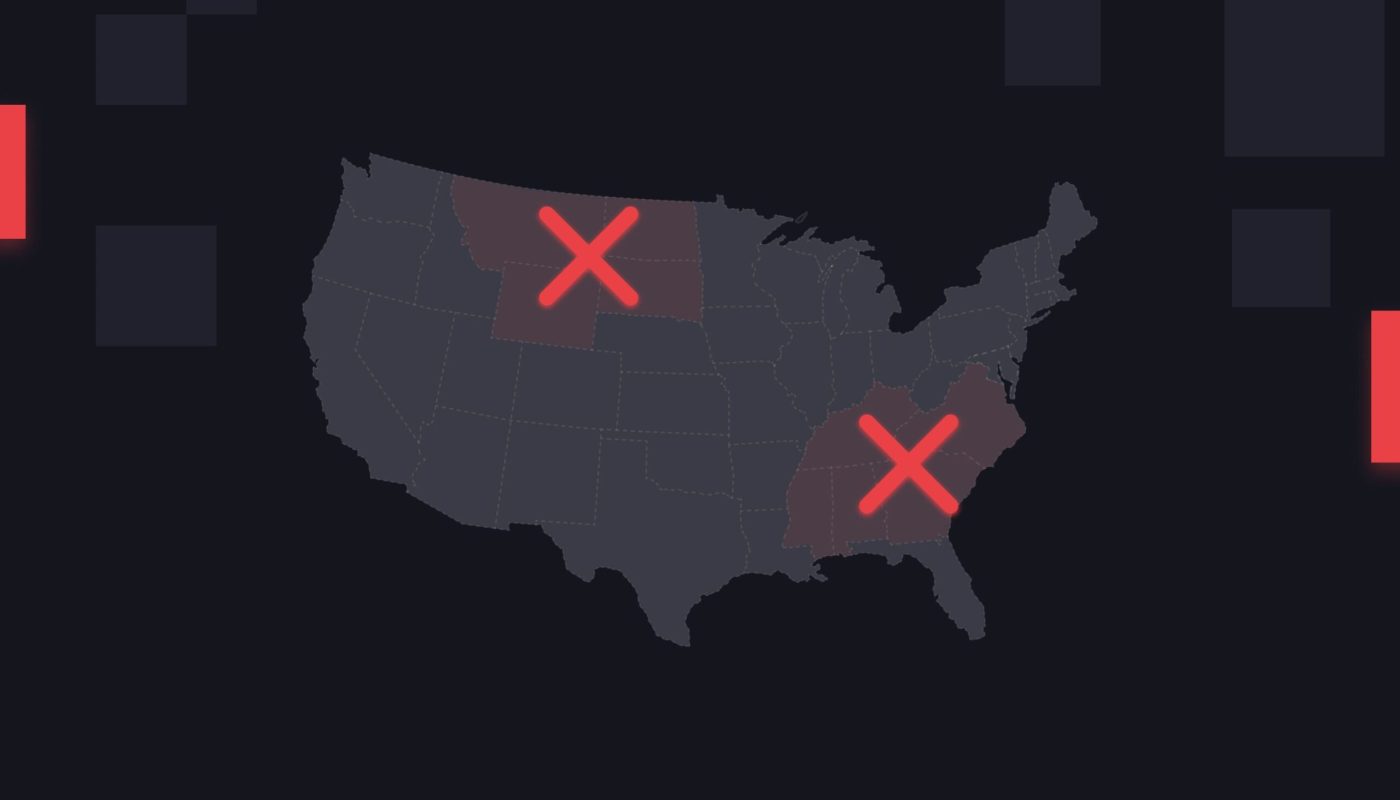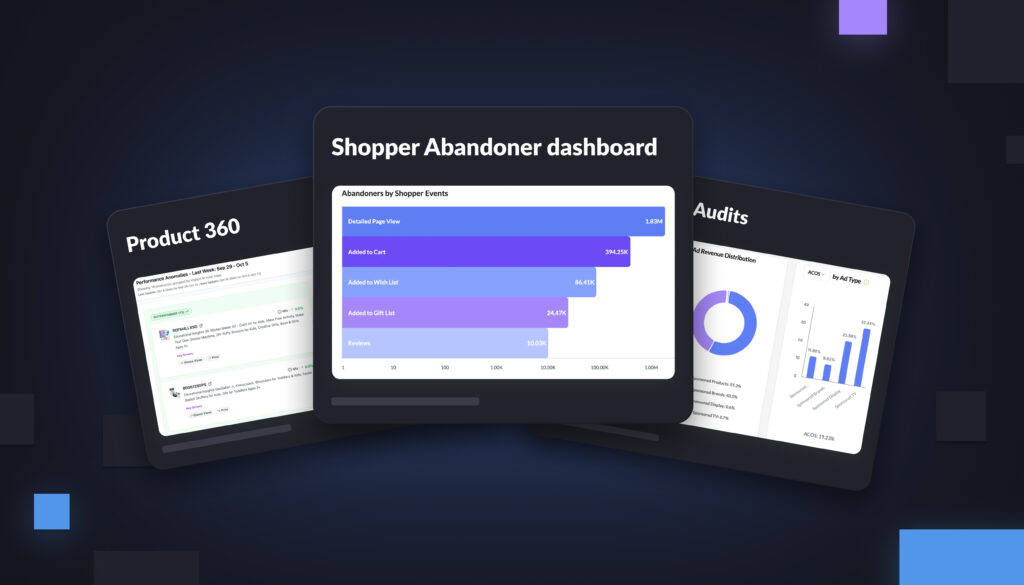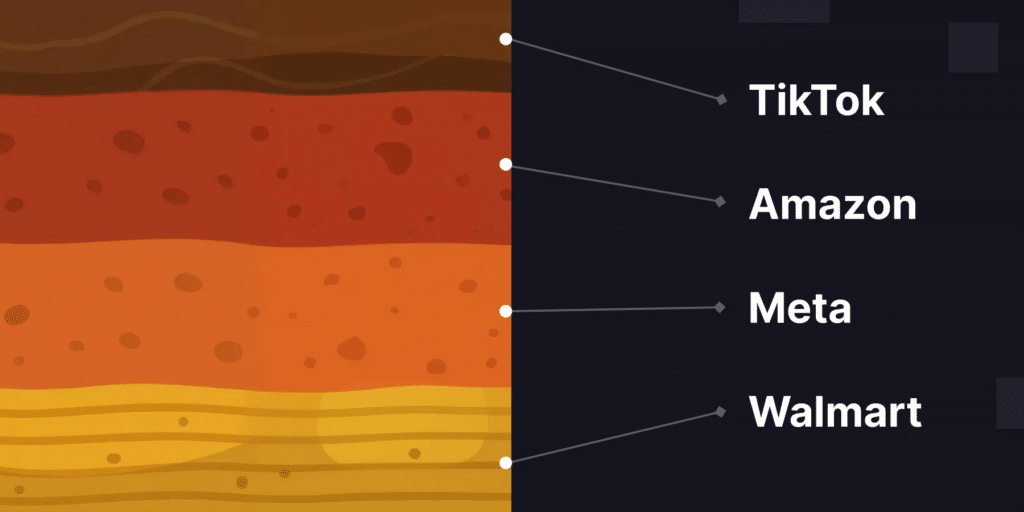When marketers discuss creating audiences for their ad campaigns, they often talk about groups of shoppers they want to reach with ads. For instance, maybe they only want to run ad campaigns targeting shoppers with a high Customer Long-Term Value.
In this environment, it’s easy to forget just how powerful audience exclusions can be. Take any ad campaign you’re running in Amazon DSP, for instance, and you can almost certainly make it more efficient by excluding unwanted groups of shoppers.
If there’s a set of shoppers who you know will represent wasted spend, either because they already buy from you regularly or because they definitely won’t buy from you, then exclusion audiences are a natural solution.
Sophisticated advertisers should add exclusions into nearly every ad campaign they run—and now, you have more control than ever. By immediately removing a group of people for whom you know your ads won’t be relevant, you’ll be saving money in the long run on unhelpful clicks or impressions.
Big picture, a nimble use of exclusions is a great way to combat wasted spend. Here are a few audiences to get you started.
What are exclusion audiences?
Exclusion audiences, also called negative audiences, are groups of shoppers who won’t see your ads. For now, custom-built, shopper-level exclusion audiences are only available to advertisers that use DSP. You can’t negate audiences from Sponsored Display campaigns yet.
You can create some rudimentary audience exclusions in DSP Console directly. But it’s worth noting that the really powerful exclusions are going to be custom-created in Amazon Marketing Cloud, then pushed to your DSP account.
AMC audiences just let you go further. If you need to brush up on the difference between AMC and DSP audiences, we wrote about it here.
So what are our favorite exclusion audiences to run?
The possibilities for audience exclusions are basically limitless. You can create any kind of exclusion you want. For instance:
- Exclude Subscribe & Save shoppers, seeing as they’re already regularly buying one of your products.
- Exclude shoppers who searched for a specific branded keyword of yours on Amazon but didn’t purchase
- Exclude an audience with a low Customer Long-Term Value
- Remove people who followed a certain path—say you want to exclude shoppers who first saw a SD ad, followed by a SB ad, followed by a SP ad.
Especially if you build your exclusion audience in AMC, you can really be as granular as you want.
Here are some of our favorites exclusion audiences:
DTC exclusions. Let’s say you list your products on both Amazon and a DTC site. You know your DTC shoppers are valuable. They probably give you a higher profit margin, and you get to own more of the data about them. You don’t want to accidentally push your existing audience of DTC shoppers to your Amazon page.
Accidentally surfacing ads to your DTC shoppers is one of the risks of Amazon DSP campaigns. But it doesn’t have to be this way: You can exclude your DTC shoppers from your DSP campaigns.
A version of this is possible in DSP, but you can get more precise if you upload your DTC data to AMC. Upload, say, the email addresses of your 1P shoppers, and Amazon will connect the actions that shoppers took on your DTC site to the actions those same shoppers took on Amazon.
That way, you can be even more granular in how you exclude DTC shoppers from your DSP campaigns.
Intentwise Explore now processes these requests for you. Upload your 1P data in our platform, we’ll hash it and send it to Amazon, and Amazon will ensure it stays privacy safe.
Frequency caps. At Intentwise, we have repeatedly run into customers who realized they were vastly over-exposing some shoppers to ads. Some brands discover they accidentally allocated 30% or 40% of their overall spend toward shoppers who have seen their ads 10+ times.
If a shopper sees that many of your ads without converting, the chances that they’ll eventually buy from you are likely low. That’s why you need to be sure to exclude shoppers who have already seen a ton of your ads and never purchased.
DSP in general lets you set frequency caps at the hourly or daily level. You should absolutely take advantage of this feature. But in AMC, you can take it further, and set lifetime frequency caps.
You can be sure you aren’t just running ads to the same shoppers who weren’t going to buy from you anyway.
Geographic exclusions. Depending on what you sell, there might be certain areas of the country where you don’t want to be spending a lot on awareness ads.
Let’s say you sell winter coats, for example. You maybe don’t need to run winter coat ads to people in Houston in the summer.
Or let’s say you are non-endemic, and you operate, say, a chain store. If you’re a bank without a branch in Texas, there’s no reason to advertise loans to people in Texas. So you would want to make heavy use of geographic exclusions.
You can exclude shoppers based on city, state, zip code, or media market directly within the DSP console.
How do you incorporate exclusion audiences into your workflows?
At the end of the day, exclusion audiences are most effective when they’re used strategically across your account. You should be incorporating exclusions into all of your DSP campaigns.
Even if each audience only shaves off a few hundred dollars in savings, that is a lot of money across all of your ad campaigns.
It is difficult to layer on exclusions to every single campaign you run, however, unless you have a software partner that can scale the process for you. Intentwise Explore automates the process of creating custom audiences and pushing them to DSP for you.
Choose any audience from our highly customizable library, or work with our team to build your own audience from scratch. Then, with the click of a button, the audience will show up in your DSP account. You’ll save money in the long run.




